A visit to Mount Kailash and Lake Manasarovar has deep spiritual significance for travellers round the globe. The word alone would evoke visions of snow-capped mountains, calm waters, and a journey into the Himalayas innermost sanctuary. However, the allure of this sacred destination comes hand in hand with questions like, What are the practicalities and challenges involved in the undertaking of this Yatra? Is Kailash Mansarovar a trek for every soul or is it attainable only by those who have a strong desire and a reasonable amount of fitness?
The challenges that exist during the Kailash Yatra in terms of the environment and logistics are undeniable. The altitude rises over 5000 metres during the Parikrama and slow acclimatization is needed because of less oxygen, while the climate in the Himalayas is unpredictable. Rocky and slippery stretches on steeply angled paths ask for good shoes and also a reasonable level of fitness. From a logistical point of view, the permits and visas required fluctuate with the route chosen, while accommodation is on the basic level, like guesthouses. Also, food options are as simple as possible.
This blog attempts to break down the logistics of planning an excursion to this splendid land so that you’ll have an idea about the terrain, altitude, logistics, and overall difficulty level to ultimately understand what it takes to undertake this soul-enriching pilgrimage. Although there are existing challenges posed by the terrain and altitude, self-motivation and determination, along with prior planning and decent physical fitness, can make this unbelievable journey possible. Let's look at the exploration of many factors involved in this extraordinary journey to help you gauge the difficulty and prepare for an experience of a lifetime.
What is Kailash Mansarovar Yatra?
The grandeur of the sacred Mount Kailash at an elevation of 6638 metres in the vast landscape of Tibet is undeniable. It has a divine aura that calls for thousands of pilgrims all around the world to make a circle around it as a spiritual devotion. Pilgrims from various religions majorly Hindus, Buddhists, Jains and Bon followers, travel this far in the name of the Kailash Mansarovar Yatra, a sacred pilgrimage to gain spiritual benefit and liberate oneself from the sin of their life.
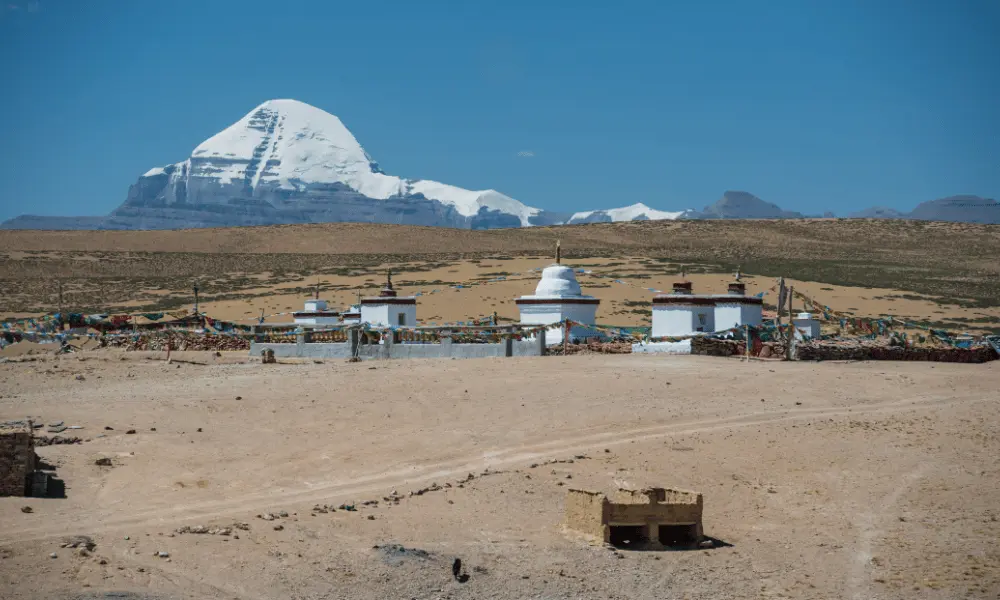
Kailash Mansarovar Yatra is a holy pilgrimage around Mount Kailash where pilgrims circle Mount Kailash by foot; it is a 35-kilometre trek. Mount Kailash and the nearby Lake Mansarovar are the major highlights of this journey. The total journey lasts for around 10 to 17 days, according to the packages, route chosen and transport medium. However, the actual parikrama, which begins from Yamadwar and ends near Darchen, lasts for about 2.5 days.
Apart from being a religious journey, it is also a challenging pilgrimage where pilgrims need to navigate the high altitude of up to 5600 metres, rugged terrain and unpredictable weather conditions. Which is why pilgrims are required to prepare thoroughly for the yatra, from the packing list to documents, altitude preparations and weather navigations.
Read More: What is Kailash Mansarovar Yatra?
Key Challenges of Kailash Mansarovar Yatra
As it is said, “the more heavy steps you take, the more beautiful view you will get”, as much as the Kailash Mansarovar Yatra is sacred, the challenges come like an extra pack within it. The terrain, high altitude, and erratic weather are among the obstacles that must be overcome in order to fully appreciate the holiness and the greatest view.
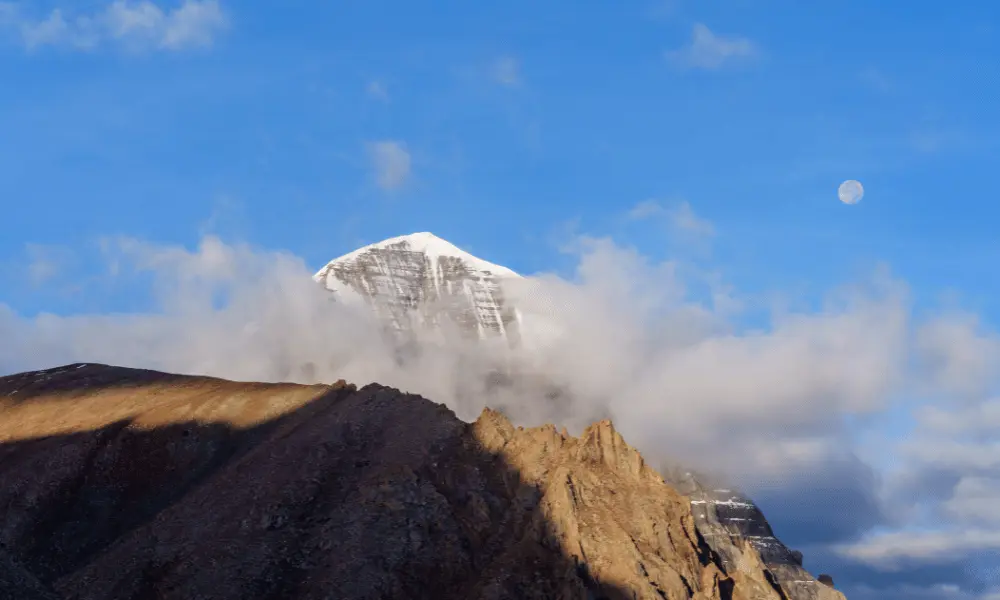
Here are some difficulties of the yatra, based on various things like:
|
High Altitude |
|
Harsh, Unpredictable Weather |
|
Difficult Terrain |
|
Physical Endurance |
|
Limited Facility |
|
Food and Accommodation |
On the basis of Geography
There are certainly a few more difficulties in this pilgrimage due to the geography of the region, which has its own personality of rugged beauty with utter desolation. Set up a Trans-Himalayan zone in Tibet; pilgrimage to this site means trekking at altitudes above 5,000 meters where the thin air presents the challenge of altitude sickness among the pilgrims. The terrain is rather rough and steep, snaking through high mountain passes like the Dolma La (5,630 meters), in this very aspect making the journey stultifying enough in terms of exhausting the traveler. Weather changes suddenly, with snowstorms, high gusts of wind, and freezing temperatures posing great risks. Furthermore, the beauty of remoteness comes hand in hand with the difficulty of seeking emergency medical care and communication facilities.
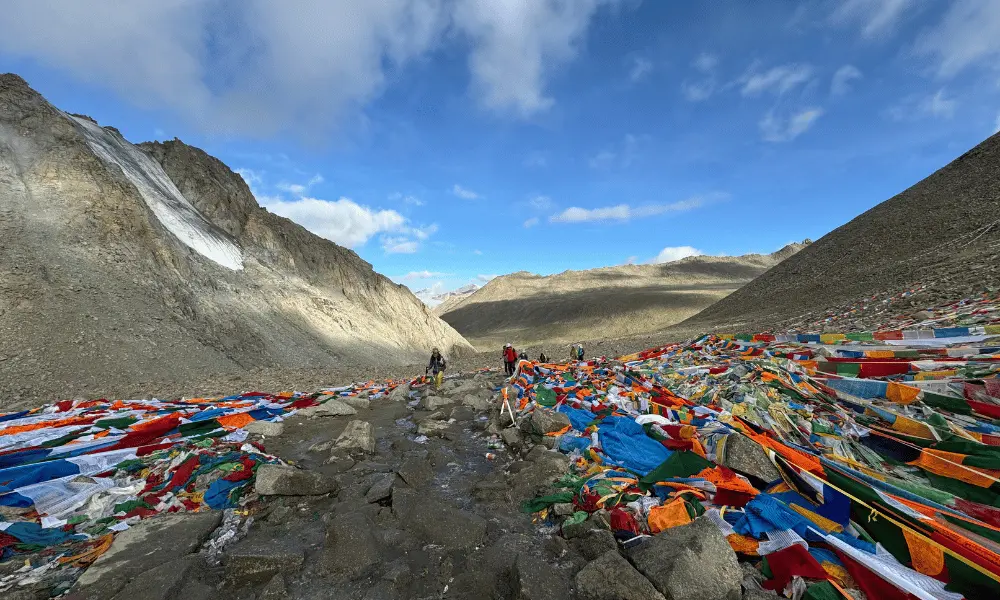
Key Altitudes in the Kailash Yatra
|
Location |
Altitude |
|
Dolma La Pass |
5600 m |
|
Deraphuk |
5050 m |
|
Zuthulphuk |
4800 m |
|
Darchen |
4700 m |
|
Mansarovar |
4650 m |
|
Saga |
4500 m |
|
Kyirong |
2850 m |
|
Simikot |
2971 m |
|
Hilsa |
3640 m |
|
Taklakot |
3880 m |
On the basis of Travel Route
One can reach Kailash Mansarovar via various routes while travelling from Nepal. There are three ways they are: via Kyirong, via Simikot and via Lhasa. Some of these routes can be taken by road, while some can be taken by flight, which pose different challenges according to individual preferences and suitability.
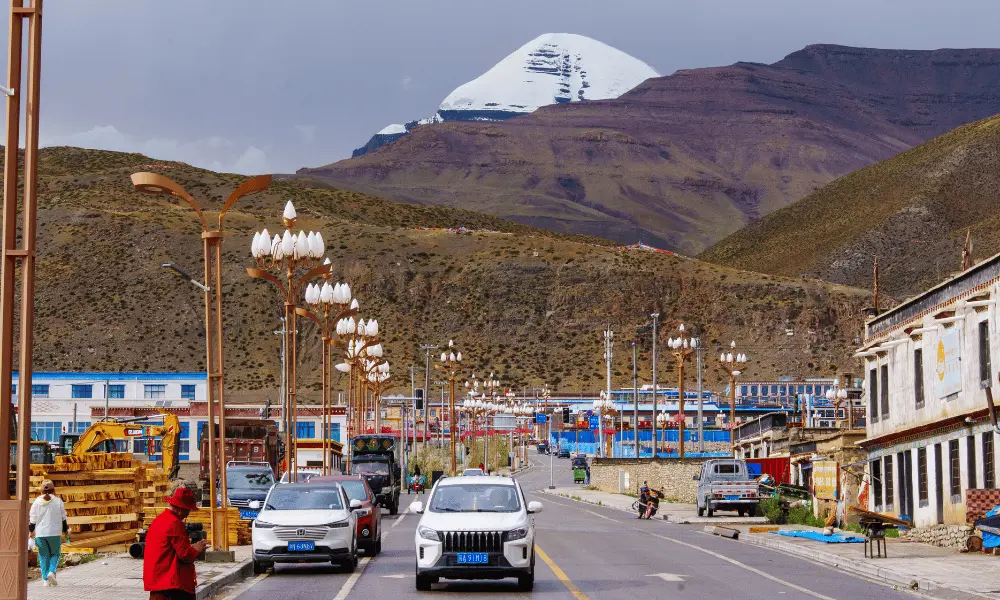
By Road
The road route to Kailash Mansarovar via Kyirong is one of the most preferred and accessible land routes from the Nepal side. This starts in Kathmandu and by road proceeds to the Nepal-Tibet border at Kyirong. This route is a smoother and somewhat quicker road journey when compared to the other route via India. But still it requires traveling a distance at high altitudes (above 4500-5000 m), where cases of altitude sickness are common. The road journey could be a long one and quite physically tiring because of the long duration of travel, fewer facilities, and altitude. While the only trekking involved is the Kora around Mount Kailash itself, the Kyirong route nonetheless requires good physical fitness and patience for some of the high-altitude stretches.
By Air
The air route is faster but significantly difficult from a health and acclimatization point of view. Going out to Hilsa via Kathmandu, Nepalgunj, and Simikot by air, then driving into Tibet, is proceeded with. Primarily, the ascent is very rapid, as the altitude is more than 4,500 meters in the span of 2-3 days, which makes the chances of altitude sickness higher. As the weather conditions are unpredictable, flights must be delayed or canceled quite a lot. So, with this route, though the physical distance might be lesser, the altitude exposure and local conditions can put a huge physical strain on the pilgrims. The other route via Lhasa, which is also by air, is a more comfortable one. However, it might not be suitable for those with time constraints, as it takes longer days to reach the yatra after exploring Lhasa.
Related Read: How to reach Kailash Mansarovar?
On the basis of Kora Route
Besides these travel routes, the actual yatra, which is the parikrama around Mount Kailash, poses its own challenges according to the route chosen by the pilgrims, which is the inner and outer kora.
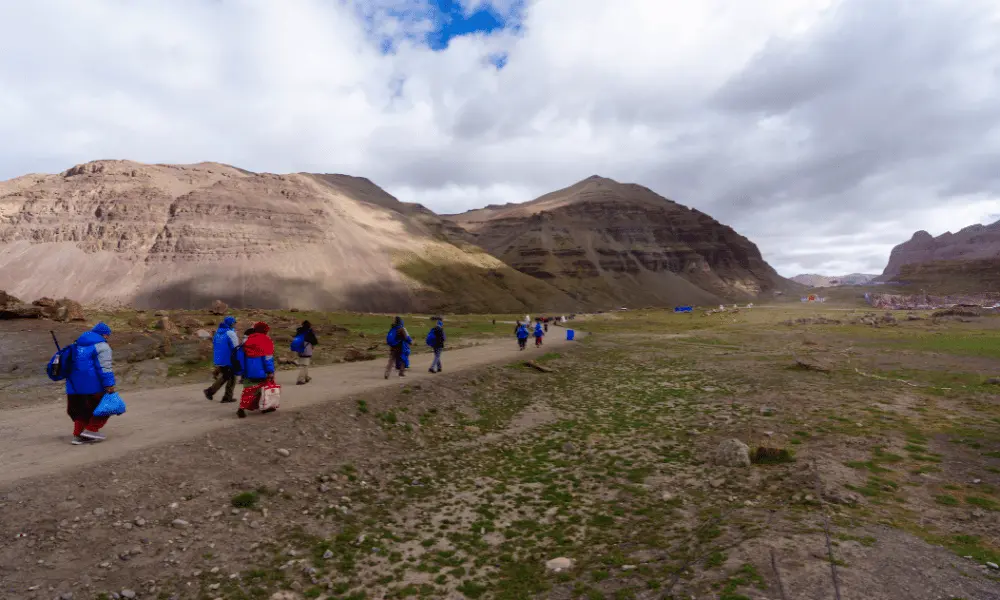
Inner Kora
Inner Kora, which is about 42 kilometres of walking distance, is a riskier and seldom travelled route. It takes pilgrims closer to Mount Kailash, crossing rugged trails like Charan Sparsh, Ashtapad, and Saptarishi Cave. However, pilgrims need to cross thin, high-altitude trails crossing glacial terrain at times requiring concurrent climbing and descending with ropes. It is not an officially permissible route for all pilgrims and is undertaken only by highly experienced persons, spiritually above all, and in excellent physical condition. There are various dangers involved in this route that include extremes of cold, lack of oxygen, and no rescue support, which is why getting permits for this route is difficult.
Outer Kora
The Outer Kora, or the three-day standard parikrama of Kailash, is an arduous trek with about 35 kilometers to cover physically and mentally. The most difficult part of this trek is crossing the Dolma La Pass at 5630 meters, which also takes the glory of being the highest point of the whole Yatra. The 5.5 kilometres stretch has rocky terrain, steep gradients, and areas subjected to snow or gales. Pilgrims shall be in good physical condition and prepared for trekking periods, uncertain of facilities and having to do with basic food and accommodation. Despite its difficulties, it is the more popular route than the inner Kora, which is less strenuous and less risky
Kailash Kora Difficulty Chart
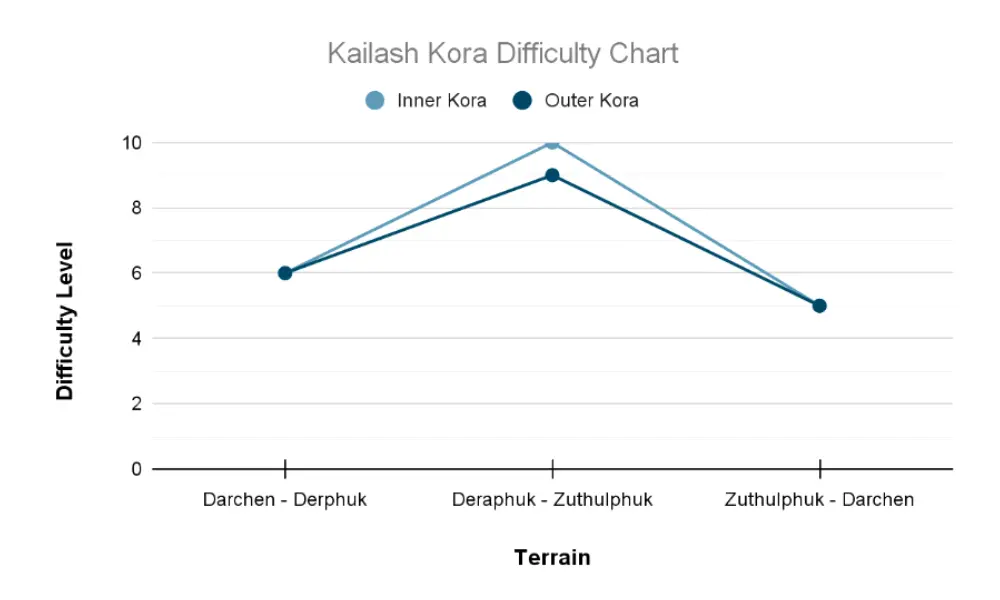
On the basis of Weather

What are the chances that you suddenly get a snowfall or meet heavy rainfall as you’re trekking above 5000 metres in rugged terrain in the remote area? Yes, you’ve heard it right. This is what you might experience taking the pilgrimage to Kailash Mansarovar. Even when you're travelling during the best of the best season, the weather in the Himalayas is unpredictable, adding to the challenges of the yatra you need to navigate. The weather, which is clearer like never before, however, can suddenly change to a cloudy, windy day anytime soon. So, any individual preparing for Kailash Yatra must be acknowledged and thoroughly prepared for the unpredictable weather conditions that might occur during the Yatra.
On the basis of Food and Accommodation
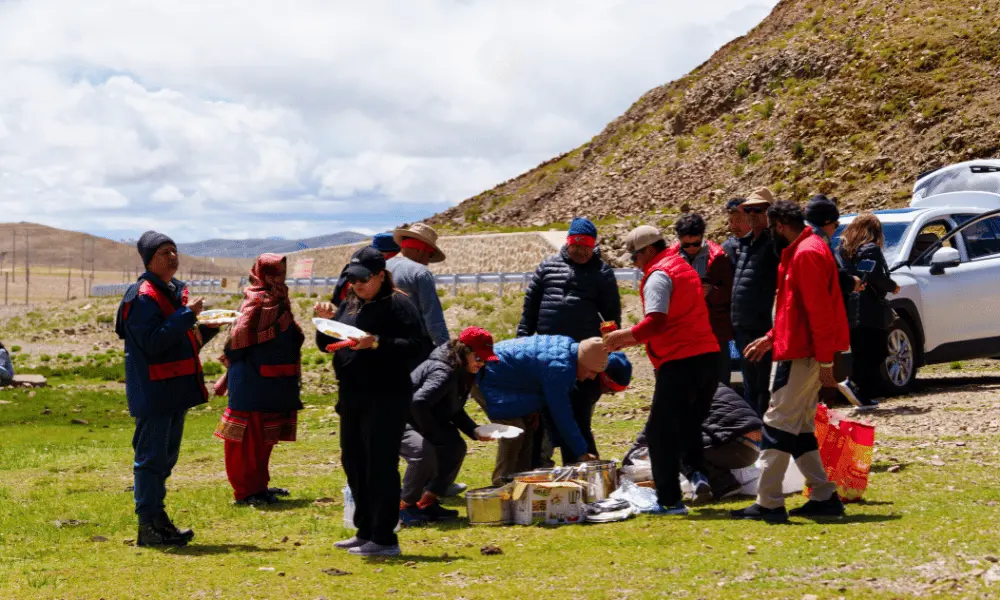
Pilgrims are accommodated with basic and simple food and accommodation during the yatra due to the remote location it takes place. In the case of accommodation in Nepal, individuals can get any accommodation options of their choice, but on the Tibet side, one might have to adjust from local 3-star to local guest houses in some places. Also, problems of toilets/washrooms are seen in more remote locations like Derapuk and Zuthulpuk. So, pilgrims are suggested to acknowledge this difficulty beforehand to adjust for later. While for food, the food options are veg, which are limited in options, which will be provided by the cooking team of the Kailash operator themselves.
Who can undertake the Yatra?
The Kailash Mansarovar Yatra bears profound spiritual significance and is tremendously physically demanding, as it concerns a pilgrimage trip to Mount Kailash and Lake Mansarovar in the Tibet Autonomous Region of China. Because of altitude and tough aero-terrain, some criteria of age, health, and nationality have been laid down for the acceptance of candidature for Yatra. These are not necessarily rigidly imposed but must be binding conditions accepted for the safety and well-being of pilgrims.
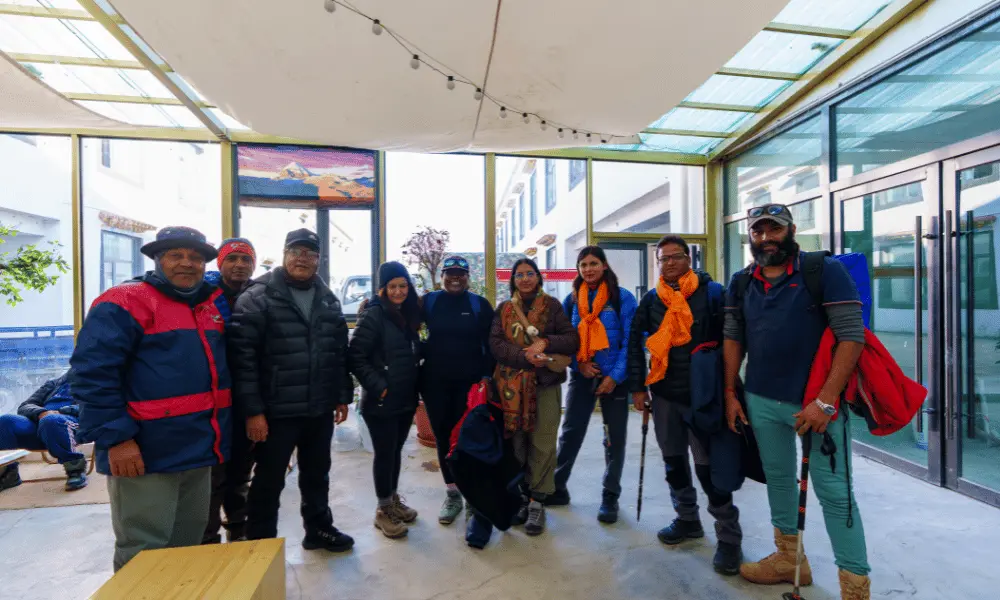
Age
Age is one factor that determines the eligibility for the pilgrimage. For Indian nationals, there is an age limit: between 10 and 70 years. This range seeks to ensure that physically the individuals are mature enough to bear the journey and young enough not to suffer from serious health problems arising due to high altitude. For foreign nationals, however, this age limitation is not strictly enforced in the case of international travelers; all participants are still advised to gauge their own physical fitness before undertaking a Yatra.
Health conditions
Good health is essential for a person planning to undertake the Kailash Mansarovar Yatra. The pilgrimage involves hard trekking at 5000 meters high, where oxygen levels are significantly lower than at sea level. A full medical check-up is urged before setting out on the journey to ascertain that one can handle such conditions safely. Heart attacks, asthmatic attacks, serious respiratory diseases, uncontrolled diabetes, and high blood pressure are considered serious risk factors. In fact, any such condition carries a strong recommendation that one must not attempt the Yatra, as it may endanger their life. Physical training and altitude preparation must be considered before undertaking this pilgrimage by all candidates, irrespective of their age or background.
How to prepare for Kailash Yatra
Kailash Mansarovar is a tough journey due to the high altitude and rough terrain. So, one needs to prepare physically, mentally, and logistically. Here’s how you can prepare for this:

Physical Preparation
This Kailash Mansarovar Yatra takes place at high altitude with oxygen levels being less than usual. Physical training should be started, possibly three or six months beforehand for those participating in the yatra. Cardiovascular activities, including brisk walking, jogging, cycling, and swimming, should be the main focus. Trekking practice, going uphill with a backpack, is very good. Yoga and breathing exercises such as pranayama can help develop good lung function and mental control. Your efforts must be geared towards developing stamina and working capacity at low oxygen, which will be the essentials for safely carrying out the journey.
Packing List
For high-altitude and remote journeys like the Kailash Mansarovar, packing wisely and lightly is very important. Primarily one needs to focus on the most needed items to the least needed ones. The gear, like sturdy trekking shoes, trekking poles, warm jackets and trousers, and rain jackets, are must-carry items Apart from that, carry sunglasses with UV protection, sunscreen having a high SPF, lip balm, and a wide-brimmed hat. Of course, water bottles will be needed for constant hydration to the body. Also needed are first-aid kits, personal medications, wet wipes, power banks, snacks such as dried fruits, and energy bars. All these packing lists are significant for the pilgrims in navigating the challenges of the yatra.
Read More: Kailash Mansarovar Yatra Packing List
Medical and Health
Prior to the yatra, you should go through a complete medical check to see whether you are fit for high-altitude travel. Anyone with asthma, heart disease, uncontrolled diabetic conditions, or high blood pressure could be thrown out and are suggested not to participate. Even in general good health, altitude sickness remains a consideration; hence, knowing the symptoms and how to handle the situation would work in your favor. Perhaps you may want to consult your doctor about Diamox or other medications that may assist you in avoiding altitude sickness.
Visa and Documentation
For pilgrims flying in from Nepal, things can be a little different when it comes to processing documents for the Yatra. The foreign nationals (also Indian nationals) starting their yatra from Nepal, mostly through Kathmandu, would be required to have a valid passport with at least six months of validity; these should be taken with a Chinese group visa and Tibet permits. These should be arranged via an authorized tour operator registered in Nepal. Generally, these operators would do all the necessary paperwork and arrange the visa with the Chinese Embassy in Kathmandu, except for Indian citizens, as their visa should be applied for from India. All tourists must travel in groups with set itineraries, no matter where they come from, as free travel in Tibet is not allowed. One should check so that all documents are well in before time, as days can be spent on the processing.
Learn More: Kailash Mansarovar Yatra Preparation
Recommended Packages
The path to Kailash Mansarovar Yatra offers numerous routes with different levels of comfort, time, and culture. Depending on how much you value a hassle-free and fast journey or a more scenic and cultural one, you will find packages just right for you. For those pressed for time and comfort, short helicopter tours can make your yatra a quick but breathtaking experience in around 10-14 days. The land packages take quite some time (around 14-17 days) but they serve as a great immersion into the landscapes and cultures of Nepal and Tibet, often driving through Himalayan heights with plenty of stops for acclimatization. The Lhasa-based tours bring an opportunity for an exploration of Tibetan culture on the side before going up to Kailash and Mansarovar, which usually lasts about 14-17 days.
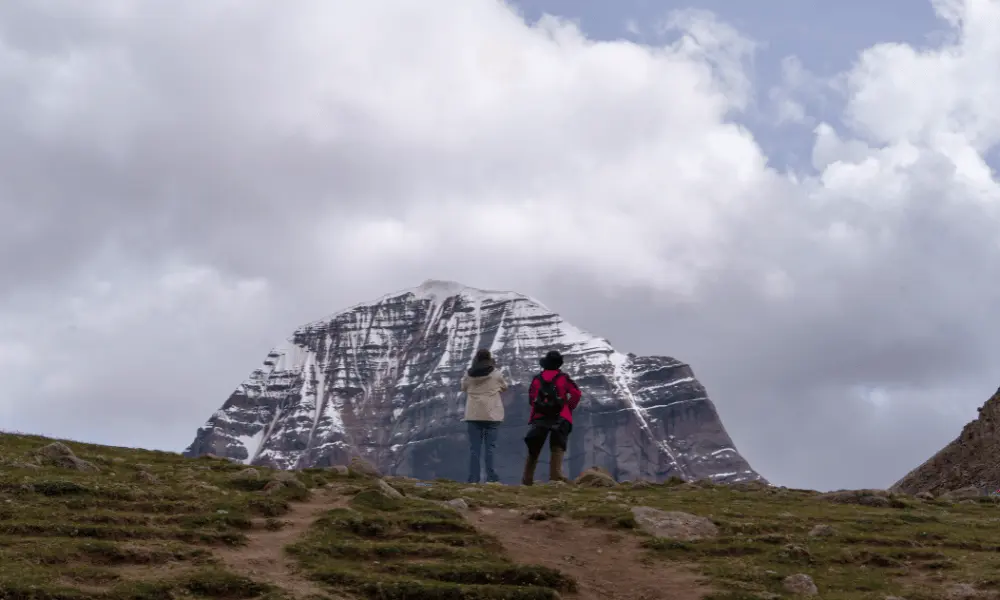
Provided are some recommended packages related to Kailash Mansarovar Yatra:
We organize these packages quite well with assistance for visas and permits, transport, accommodation, meals, and guides very conversant with the terrain and local culture to help smoothen what may seem like an arduous pilgrimage. When selecting your package, consider the level of your fitness, the amount of time available, your budget, and the level of comfort that best suits your spiritual and trekking expectations.
Best Time to Visit
The months from May to Mid-September are ideal for paying a visit to Kailash Mansarovar. Those are the summer months when the weather holds relatively stable, accompanied by moderate temperatures. Daytime temperatures range from a minimum of 5°C to a maximum of 15°C, but it is likely to get bitterly cold at night. The mountain passes remain mostly clear of snow during this period, thereby providing safe and easy transit and trekking opportunities. This period is also officially recognized as the pilgrimage season by the Chinese government, drawing thousands of devotees and trekkers to the region.
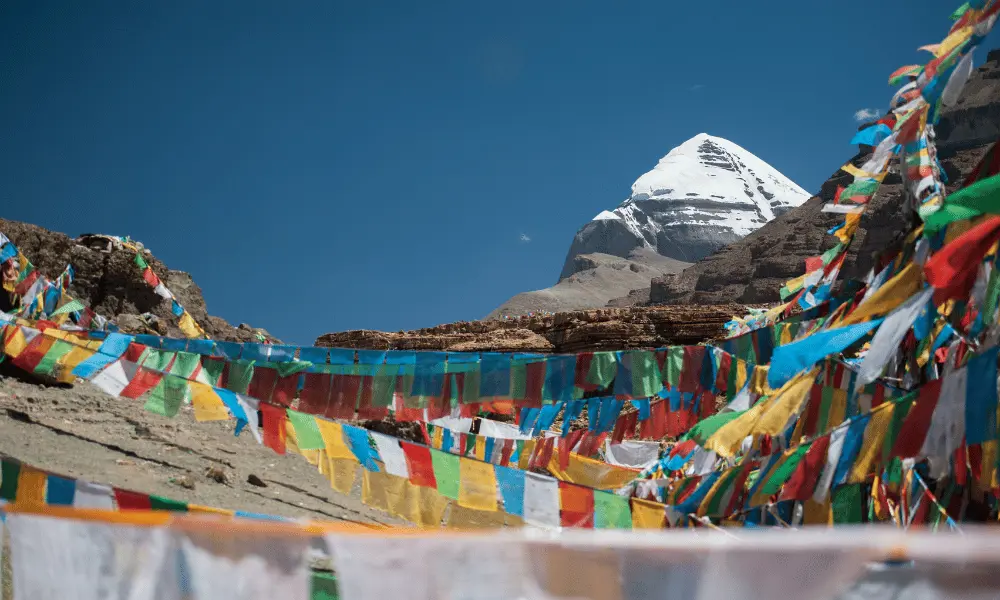
It further aligns with the performance of other major religious festivities like the Saga Dawa Festival, typically held in May or June, commemorating Lord Buddha's life. Any other time of the year will be nowhere close to a decent season for a visit. The period between October and April is not at all suitable for this trip due to brutally cold weather, heavy snowfalls, and closed routes. Being a high-altitude environment, people must prepare sufficiently for the terrain and make all required arrangements to counter altitude sickness.
Conclusion
As this blog post discusses, the Kailash Mansarovar Yatra is obviously a very tough one, both physically and mentally demanding. High altitude, rough terrain, unpredictable weather all add to the difficulties. While these hardships may be numerous, it is vital to underscore the rewarding nature of this journey. The spiritual aura of Mount Kailash and Lake Mansarovar, the scenery to behold, and the very feeling of completing the pilgrimage will bring immense and enduring rewards to anyone.
The difficulty level for the Kailash Mansarovar Yatra, therefore, rests somewhere in the realm of subjectivity, as it is dependent on an individual's fitness, past exposure to high altitudes, and inner preparedness. While it is important to be concretely prepared for the rigours ahead, both physically trained and mentally conditioned, at the same time, this very challenge opens a window for healing, growth, and indelible contact with a world so sacred and majestic.
Frequently Asked Questions (FAQs)
Here are some FAQs related to Kailash Mansarovar Yatra:
How difficult is the Kailash Mansarovar Yatra?
Kailash Mansarovar Yatra is a physically challenging pilgrimage in which both driving and trekking are combined; the trekking takes one up to around 5,600 metres at the Dolma La Pass. This travel goes through driving in the high-altitude regions and then trekking through tough terrains in adverse weather conditions. Such altitude, difficult paths, and varying climate can pose big problems for people who are unprepared physically or not well acclimatized. In preparation for a successful and safe journey, one should have regular physical training programs to undertake in the months preceding the journey, train for the gradual ascent to higher altitudes, and drink plenty of water during the pilgrimage. Preparation is key to getting through the physical challenges of the Yatra.
How difficult is Kailash Kora?
High altitude and rough terrains make the outer Kora demanding. The Outer Kora is the common route that goes via Dolma La Pass at 5600 metres. The trekking trails are rugged and the altitude gains are fast, making it difficult for the unprepared or ill-acclimatized pilgrims. The Inner Kora, which circles the base of the mountain, is harder with an altitude of 5800 metres since the terrain is much more remote, despite being shorter than the outer one.
Can someone with no prior experience complete the yatra?
No prior trekking experience is deemed necessary to partake in the Kailash Mansarovar Yatra, although a fair amount of fitness and stamina is required. Those unfamiliar with long walking or trekking at high altitudes will find it quite difficult. While with a good physical preparation before the Yatra, including cardiovascular exercises and building stamina, the Yatra could be completed successfully by any average person.

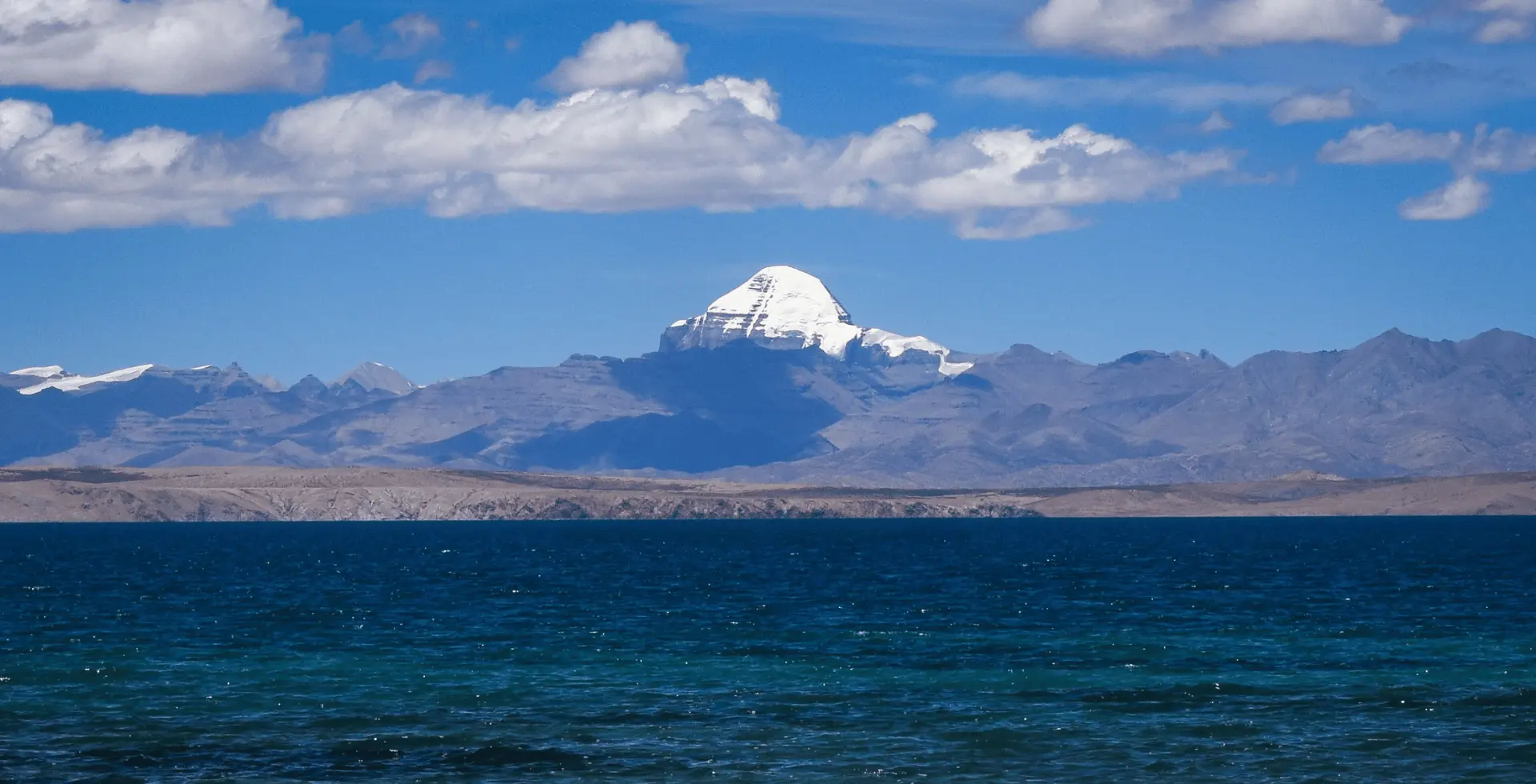
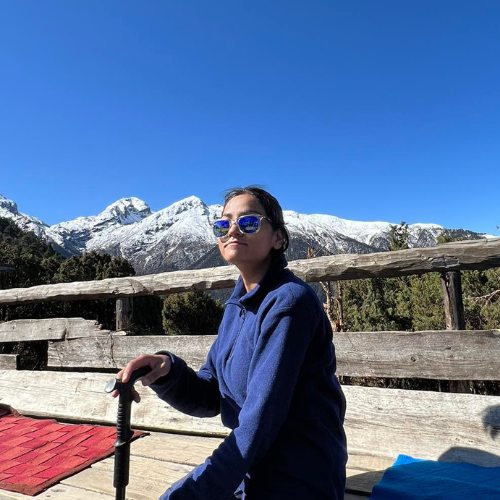 Mandira Itani
Mandira Itani